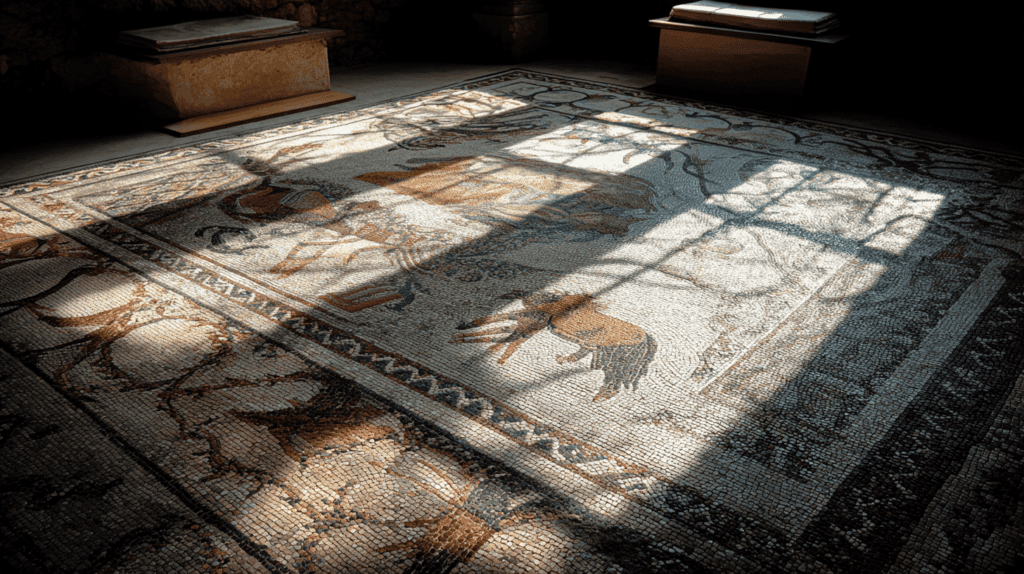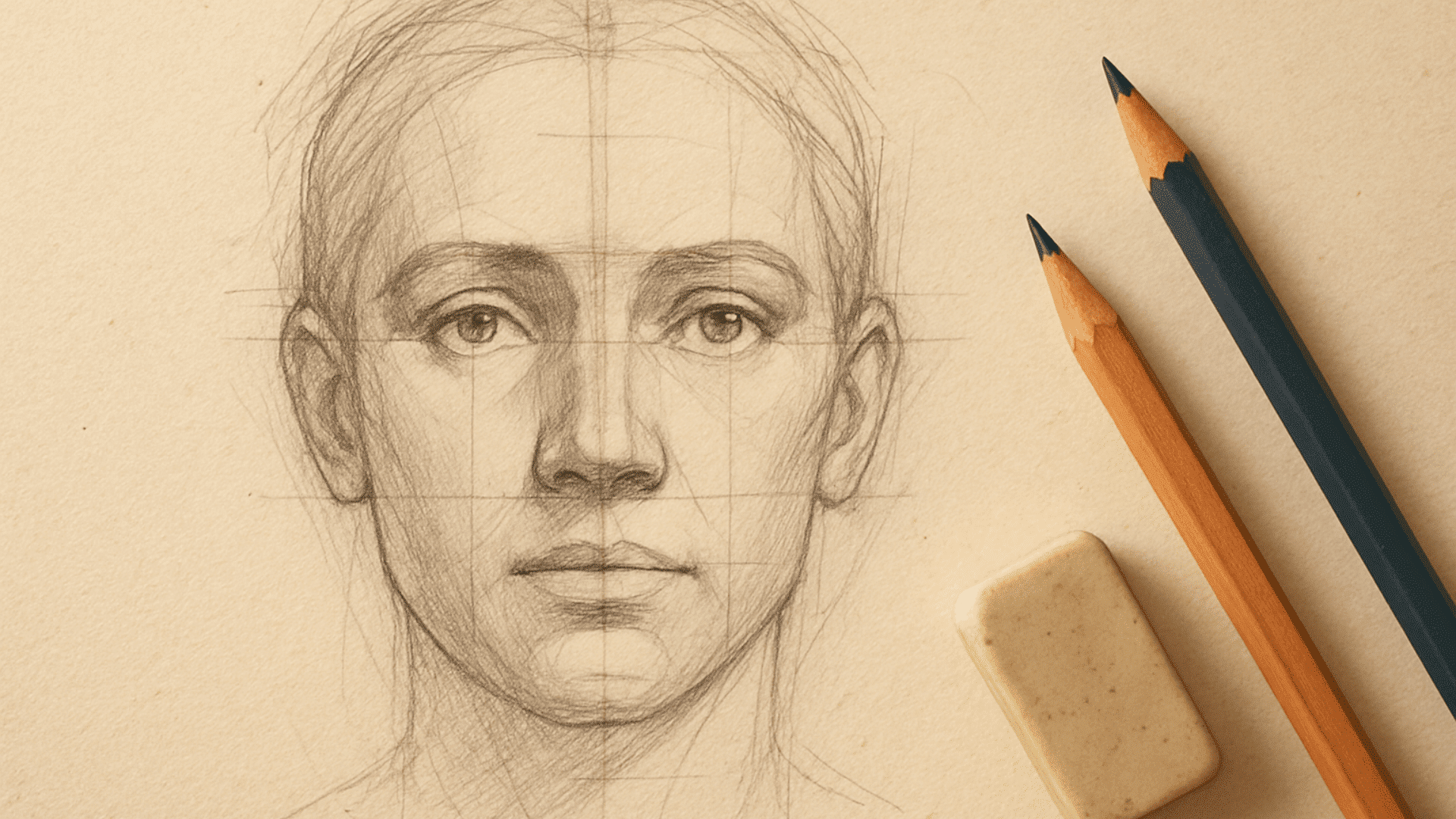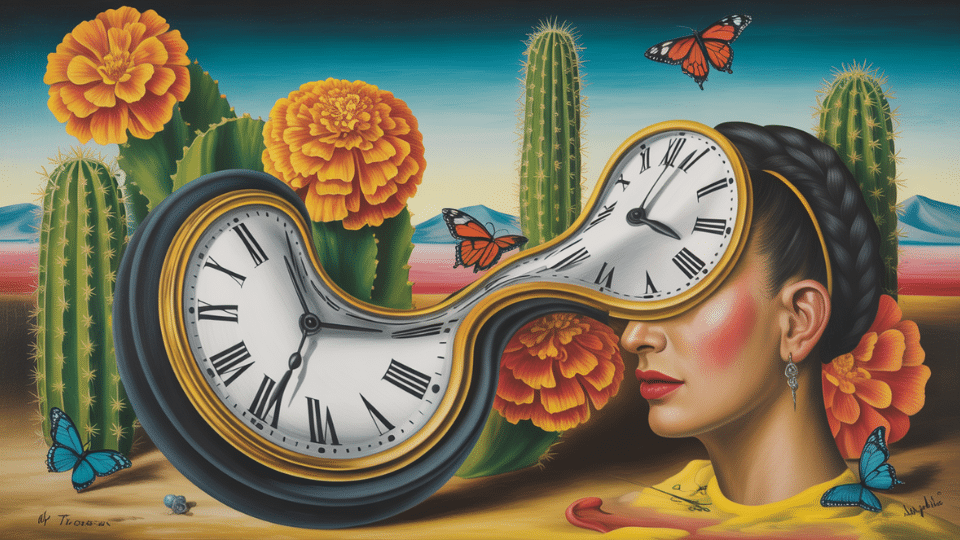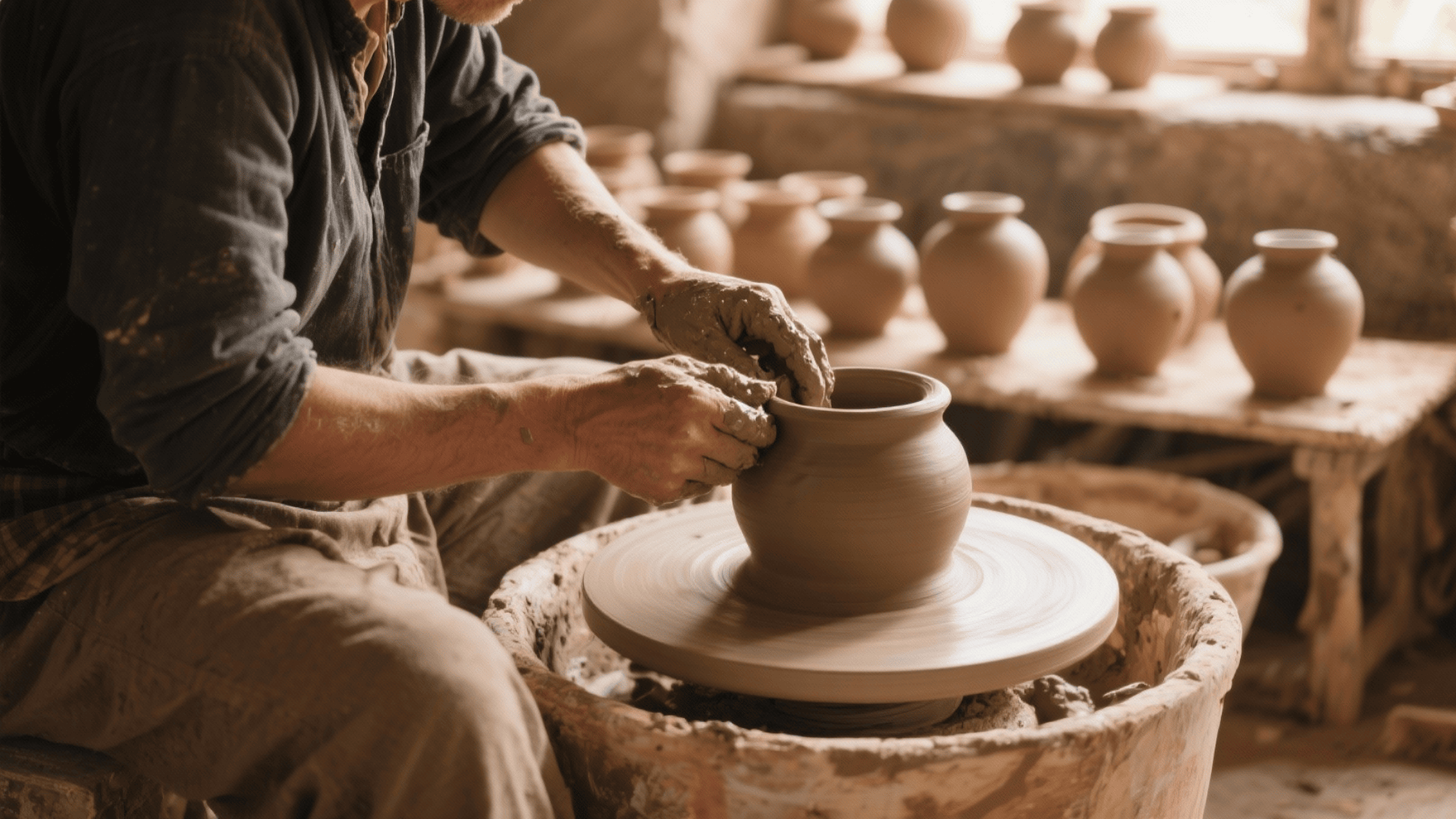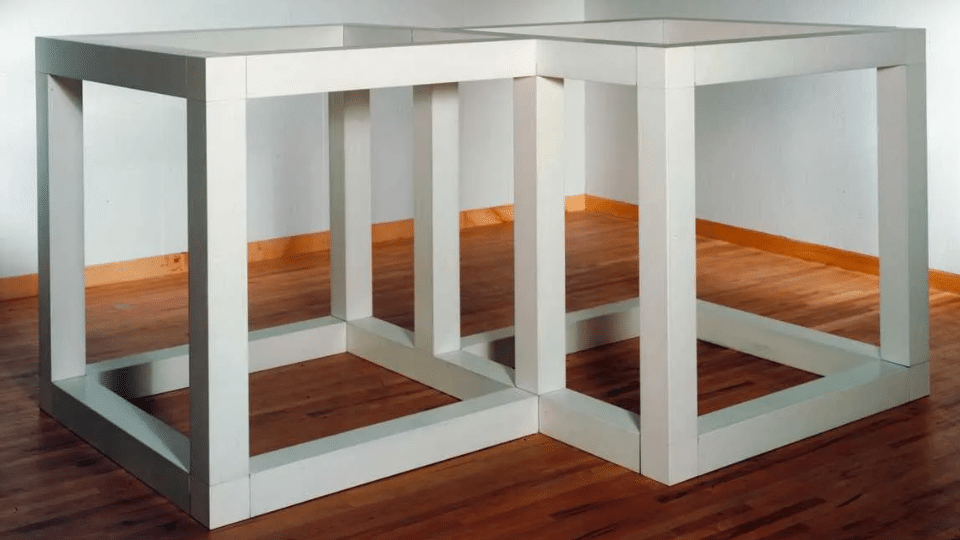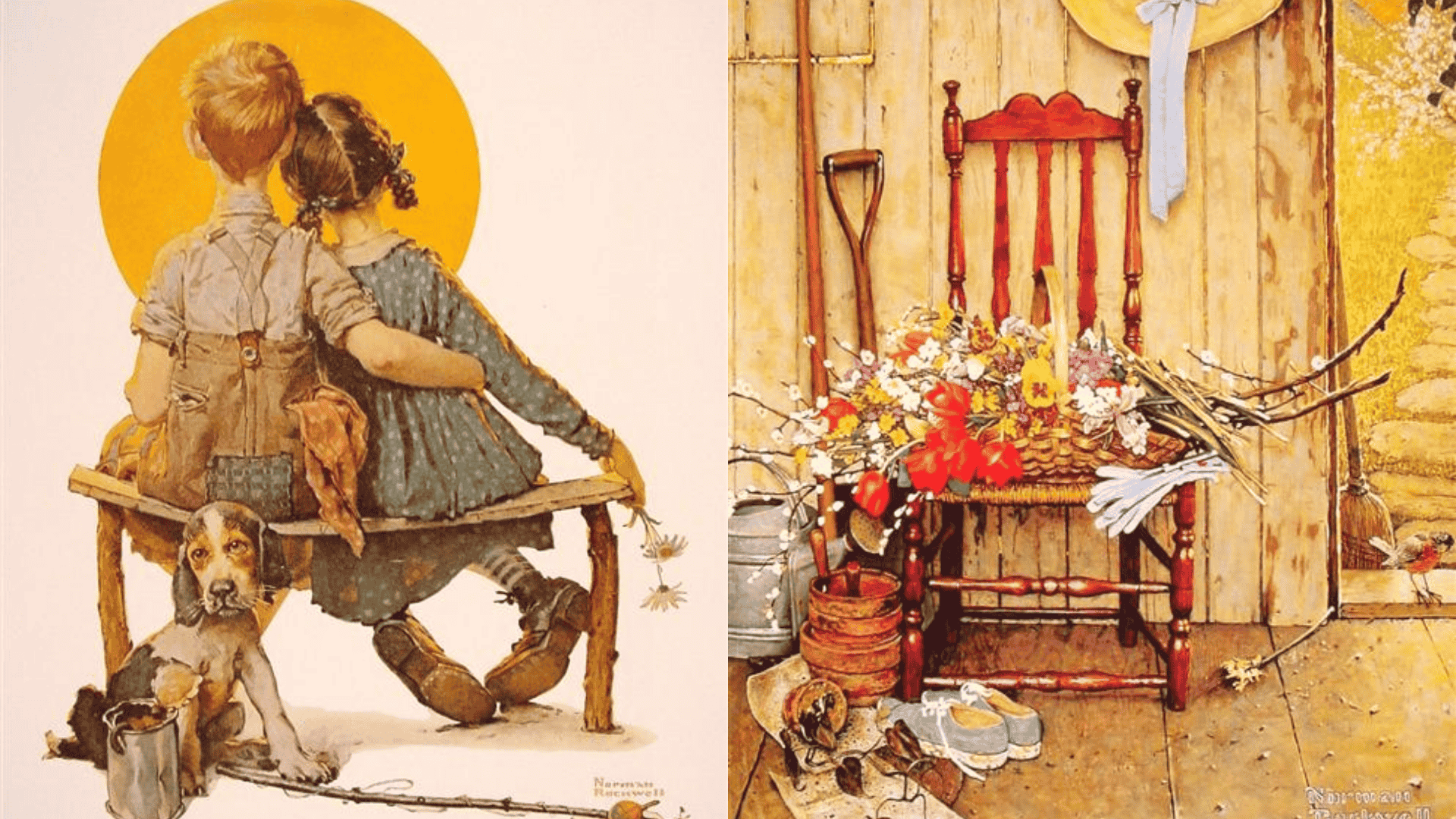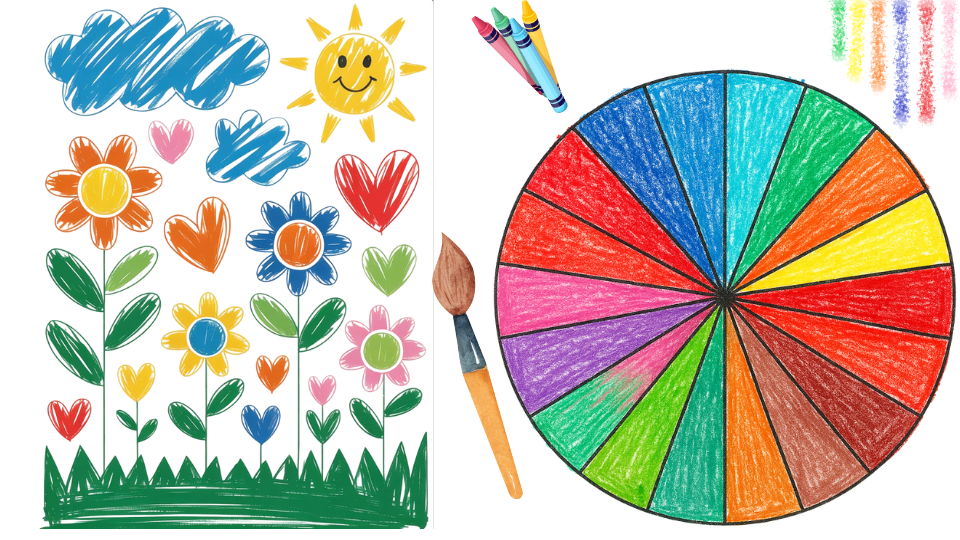Looking at ancient Roman floors and walls, visitors often wonder how these intricate stone patterns have survived for centuries.
Roman mosaic art represents one of history’s most enduring art forms, telling stories through thousands of carefully placed stone pieces called tesserae.
This blog will jump into the interesting world of Roman mosaic art, examining the techniques that created these enduring masterpieces and the stories they convey.
Readers will gain insights into both the artistic methods and cultural importance that made these stone stories so powerful that they’ve lasted over two millennia.
Tracing Historical Evolution
The artistic tradition originated from earlier Greek and Etruscan traditions and reached its height during the Roman Republic and Empire.
Initially mirroring Hellenistic designs, it evolved to showcase more complex, realistic imagery and diverse themes.
As artisans refined their techniques, mosaics became prestigious decorations reflecting Rome’s wealth and societal values, narrating stories and illustrating ambition through detailed and masterful craftsmanship.
This evolution solidified the art form as a key cultural expression of ancient Rome
Key Methods and Materials Used
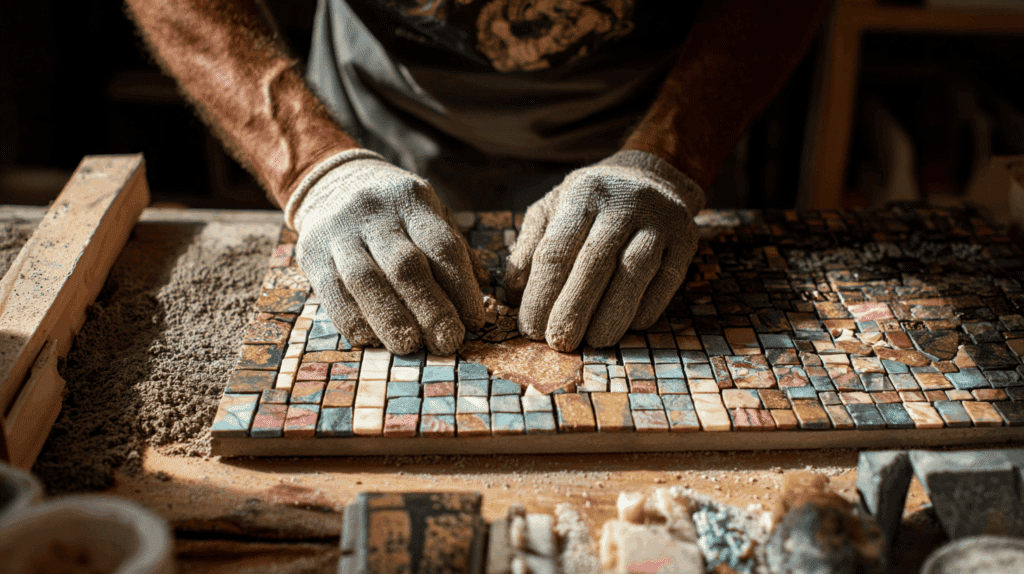
Roman mosaic art showcases remarkable skill and creativity through the clever use of materials and hands-on techniques.
- Tesserae (tiny cubes) were made from marble, glass, ceramics, stone, and terracotta.
- Artists began with sketches or guidelines to plan the design, ensuring accuracy and artistry.
- Each tessera was cut and arranged by hand, with colors and sizes chosen for shading, depth, and realism.
- Mosaics were set into mortar on carefully prepared bases for strong, lasting results.
- Advanced techniques like opus vermiculatum (fine detail) and opus tessellatum (standard arrangement) brought movement and texture to the finished piece.
These meticulous steps made every Roman mosaic art piece a testament to patience, talent, and enduring beauty, an inspiring legacy in the history of art.
Themes & Cultural Importance of Roman Mosaic Art
Roman mosaic art covered a range from simple geometric designs to vibrant mythological scenes and glimpses of daily Roman life.
Scenes from legend or religion appeared alongside depictions of banquets, gladiators, hunting, and seasonal celebrations.
These mosaics stood as reflections of wealth, taste, personal belief, and Roman values.
As social markers within homes and public spaces, the Roman mosaic became a powerful vehicle for storytelling and self-expression
Famous Examples of Roman Mosaic Art
Roman mosaic art represents an evergreen fusion of creativity, culture, and craftsmanship, revealing stories and traditions through exquisite tile work.
| Mosaic Name | Location | Theme/Subject | Notable Features |
|---|---|---|---|
| Alexander Mosaic | Pompeii | Legendary Battle (Alexander vs Darius) | Lifelike detail, depicting the Battle of Issus, over a million tesserae used |
| Villa Romana del Casale Mosaics | Sicily, Italy | Everyday Life, Mythology, Nature | Lavish floors covering 3,500 sq meters, including “Bikini Girls” and hunting scenes |
| Cave Canem (“Beware of the Dog”) | Pompeii, House of the Tragic Poet | Domestic Protection/Warning | Playful warning mosaic at entrance, iconic Roman imagery |
| Various Roman Empire Sites | Across the Roman Empire | Imperial Power, Artistic Innovation | Diverse regional styles and subjects show cultural richness |
Together, these aspects showcase how Roman mosaics remain not only remarkable artworks but also enduring legacies that continue to inspire and inform today
Architecture & Display Context
Roman mosaic art was integrated thoughtfully into both private homes and public buildings, enhancing the function and meaning of architectural spaces.
1. Private Villas
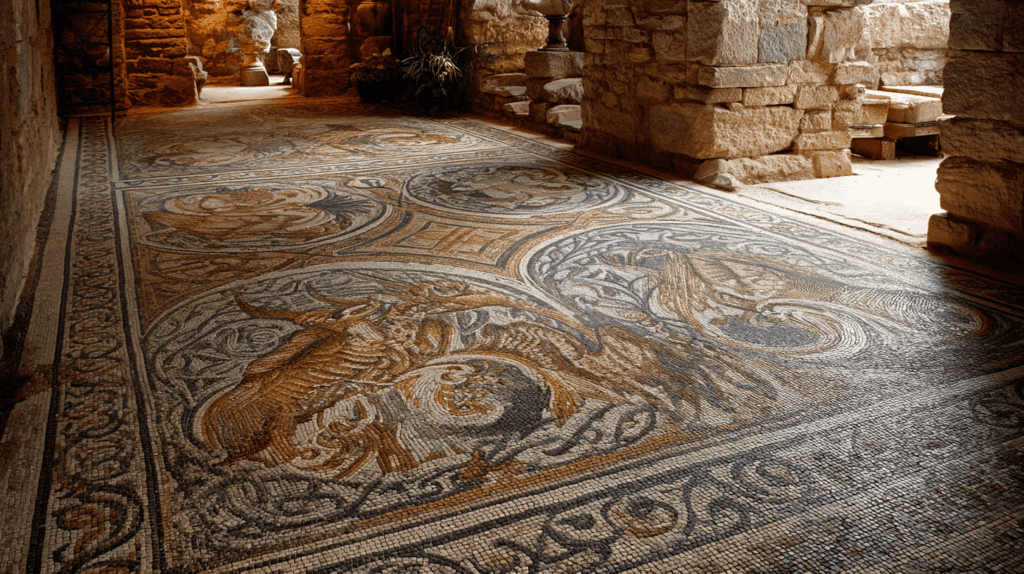
Mosaics decorated floors, walls, ceilings, and baths in Roman villas, reflecting the owner’s wealth, personal stories, and cultural tastes.
These artworks enhanced private spaces with intricate designs showcasing mythology, daily life, or symbolic motifs, turning homes into rich visual narratives that celebrated family status and artistic culture.
2. Public Buildings
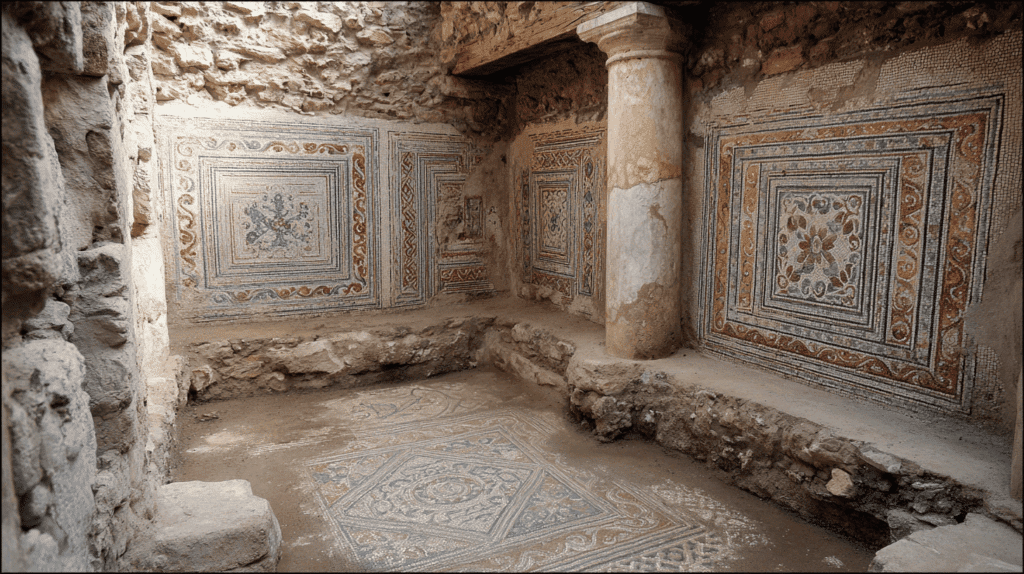
Roman mosaics adorned temples, basilicas, bathhouses, and palaces, showcasing imperial themes, mythological scenes, and communal values.
These mosaics impressed visitors with their intricate designs and symbolism, reflecting Rome’s power, culture, and shared beliefs while transforming public spaces into vibrant centers of art and civic identity.
3. Spatial Symbolism
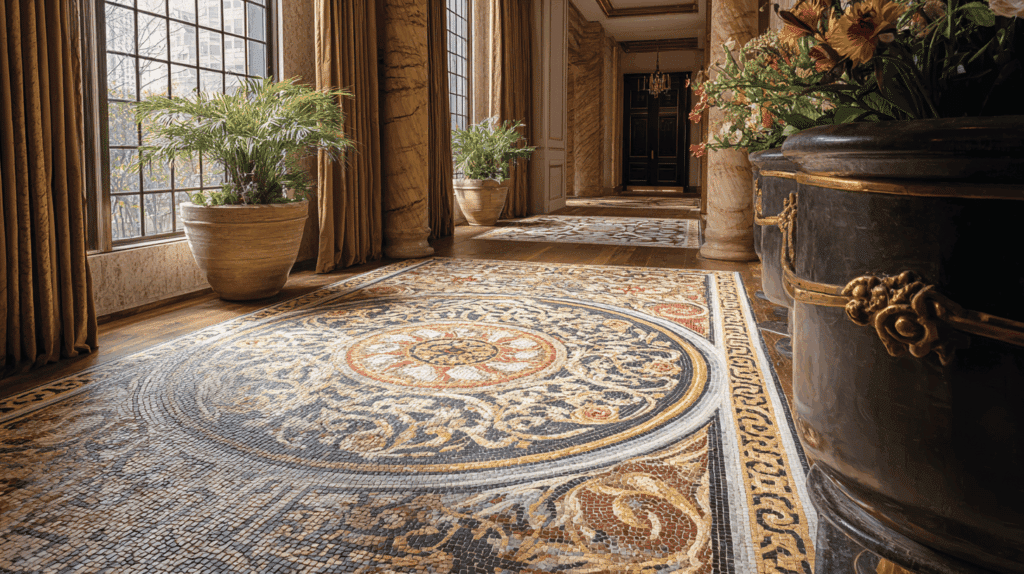
Mosaic placement in Roman architecture was purposeful. Receptions and entryways featured elaborate designs to impress and invite admiration. Baths and courtyards contained calming, flowing patterns to promote relaxation.
This strategic positioning enhanced the atmosphere and communicated the space’s function, weaving symbolism into the viewer’s experience.
4. Regional Variations
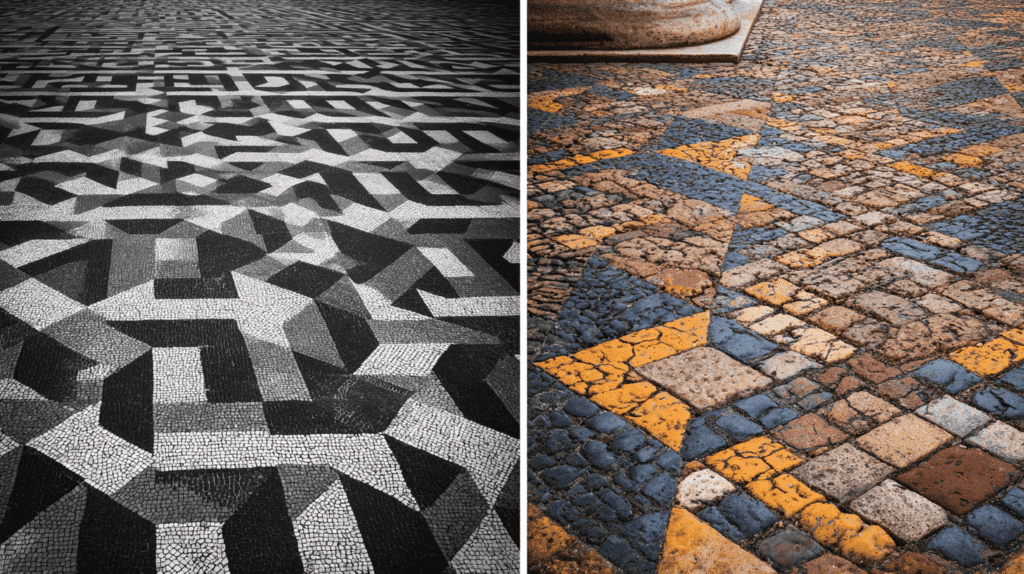
Roman mosaics displayed vibrant regional variations influenced by local culture and environment.
For instance, Rome favored black-and-white geometric designs, Antioch embraced detailed figurative scenes, and North Africa highlighted naturalistic imagery and hunts.
These diverse styles reflected both shared Roman themes and unique provincial artistic traditions.
Preservation, Challenges & Revival of Mosaic Art
Roman mosaics have endured centuries thanks to durable materials and expert craftsmanship, along with archaeological conservation efforts.
- Durable tesserae, such as stone, glass, and marble, contributed to their longevity.
- Skilled workmanship ensured strong mosaic beds and quality installation.
- Environmental threats, such as weathering and moisture, cause ongoing deterioration.
- Vandalism and neglect pose significant risks to in situ mosaics.
- Modern restoration employs advanced techniques such as laser cleaning, photogrammetry, and minimally invasive filling of voids beneath mosaics.
- Contemporary artists revive Roman mosaic styles, blending tradition with innovation to keep the art form vibrant.
These efforts combine to preserve and revitalize the ancient legacy of Roman mosaic art for future generations.
The Legacy and Influence of Roman Mosaic Art
This art profoundly influenced Byzantine, Islamic, and Western mosaic traditions.
Byzantine mosaics evolved the Roman legacy by emphasizing spiritual themes and gold tesserae, transforming mosaics into sacred art that adorned churches and palaces.
Islamic art adapted these techniques into intricate geometric and floral patterns, blending cultural influences.
Today, contemporary artists study and reinterpret these ancient methods, preserving the mosaic tradition through exhibitions, scholarly research, and innovative creations.
This ongoing dialogue highlights the enduring impact and cross-cultural value of this historic artistic form.
Wrapping It Up
Roman mosaic art embodies a harmonious blend of artistic skill, profound meaning, and enduring strength.
It offers a unique window into the lives, ambitions, and imaginations of the ancient Romans, preserving stories crafted in stone.
The extraordinary legacy of Roman mosaic art continues to inspire and connect generations, serving as a testament to human creativity across centuries.
Its evergreen appeal ensures that Roman mosaics will captivate and influence art lovers, historians, and creators far into the future.

